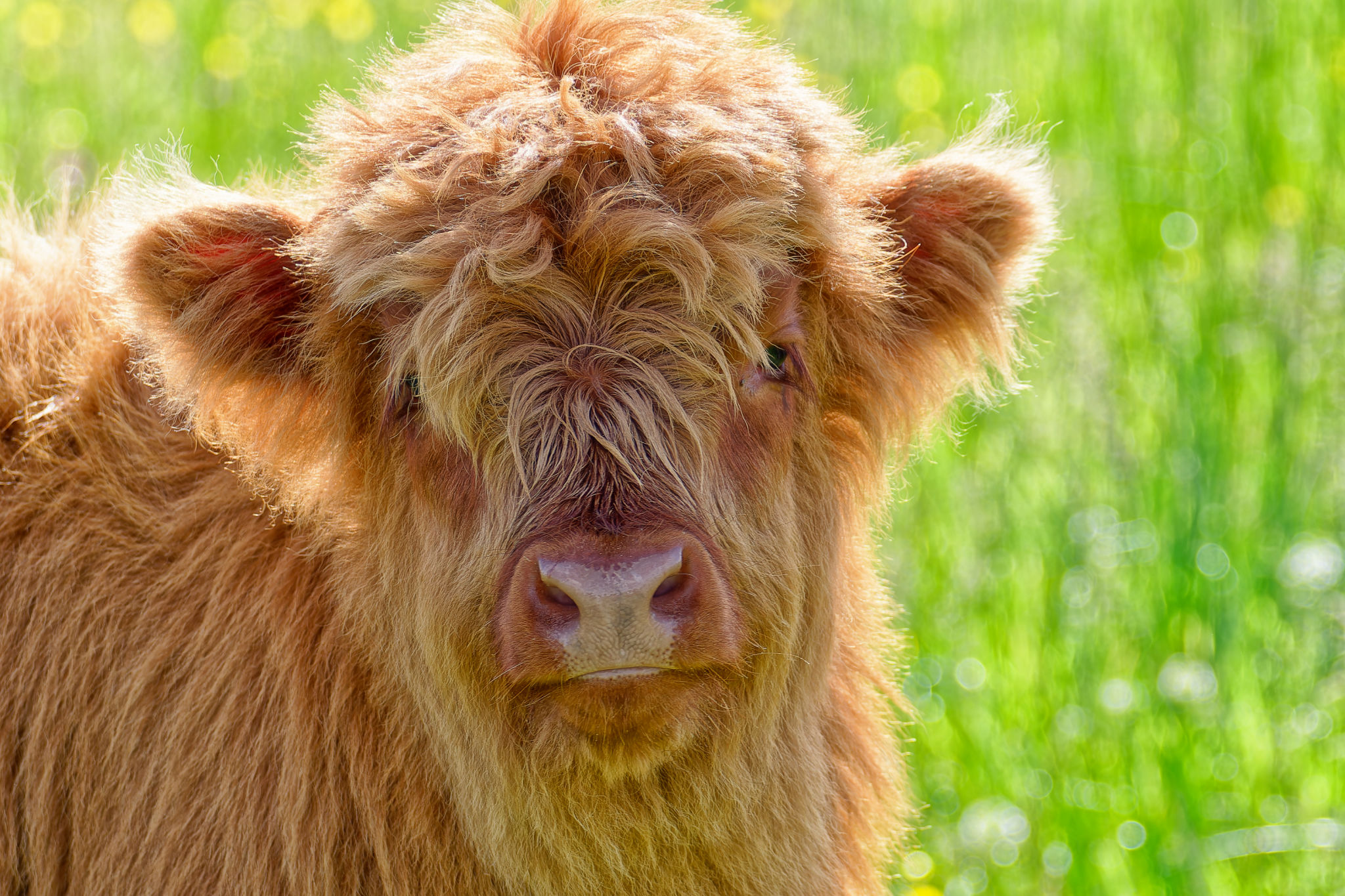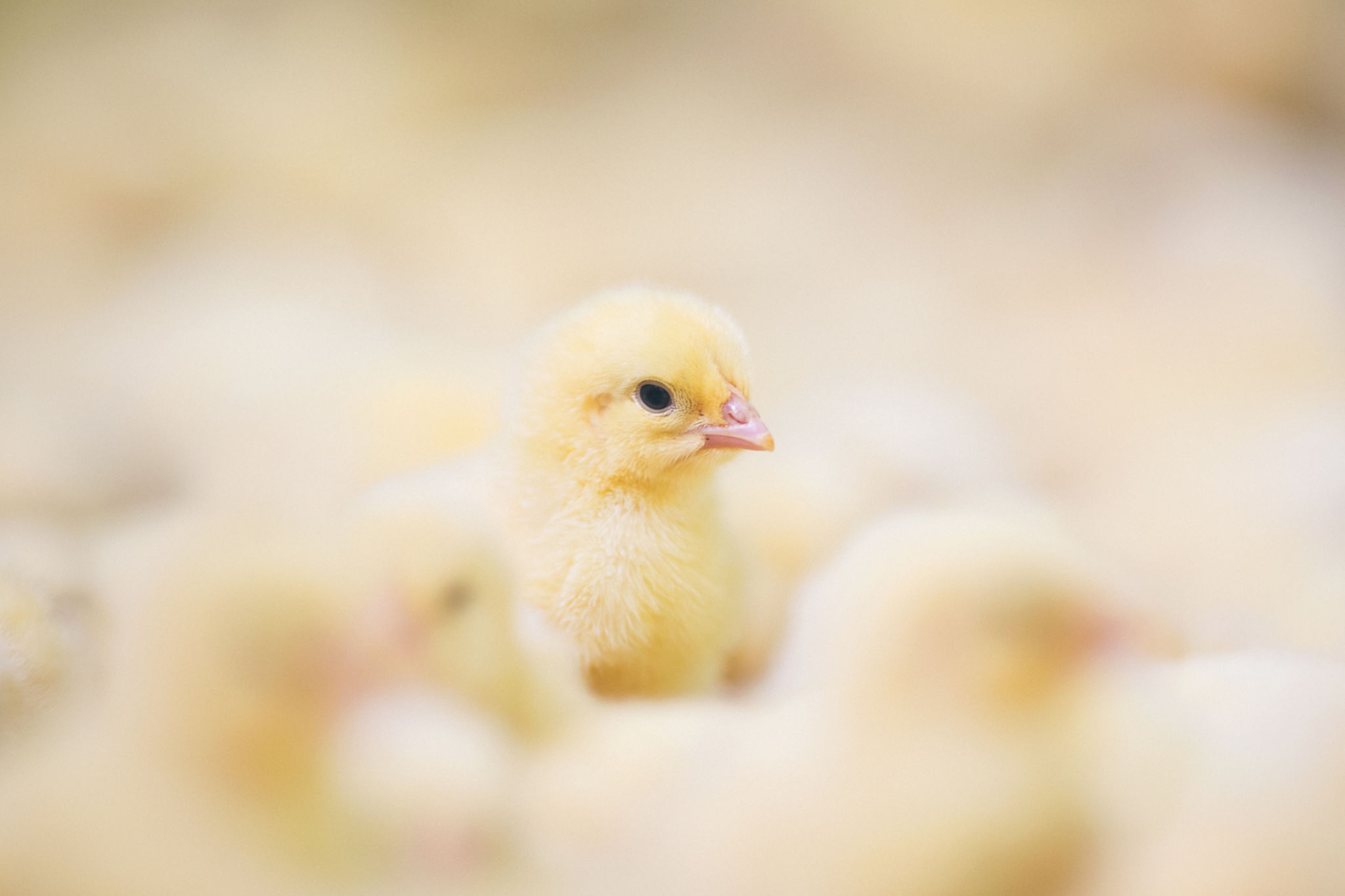Comparing Mini Highland Cattle to Other Miniature Breeds: What Makes Them Stand Out?
Introduction to Miniature Cattle
Miniature cattle breeds have been gaining popularity among hobby farmers and small-scale homesteaders. These smaller versions of traditional cattle are easier to manage and require less space and resources. Among the various breeds, Mini Highland cattle stand out for several reasons. In this post, we'll explore what makes Mini Highland cattle unique compared to other miniature breeds.

Distinct Features of Mini Highland Cattle
Mini Highland cattle are known for their distinctive long horns and shaggy coats, which provide an extra layer of charm. Originally from the rugged landscapes of Scotland, these cattle are well-adapted to various climates. Their thick coats make them particularly suited for colder regions, offering excellent protection against harsh weather.
In addition to their striking appearance, Mini Highland cattle have a calm and docile temperament. This makes them an excellent choice for families with children or for those new to raising cattle. Their friendly nature allows for easy handling, making routine care and interaction enjoyable.
Size Comparison with Other Mini Breeds
When comparing sizes, Mini Highland cattle fall within a similar range as other miniature breeds. However, their robust build and muscular frames give them a sturdy appearance. Typically standing between 36 to 42 inches tall at the shoulder, they are slightly larger than some other mini breeds like the Mini Jersey or Mini Zebu, yet still manageable for small farms.

Advantages of Raising Mini Highland Cattle
One of the significant advantages of raising Mini Highland cattle is their adaptability to varied environments. Unlike some miniature breeds that thrive only in specific climates, Mini Highlands can adjust to both hot and cold weather conditions, making them versatile across different geographical locations.
Another benefit is their low-maintenance nature. These cattle require less feed compared to their full-sized counterparts, making them cost-effective. Their hardy constitution also means they are less prone to common cattle diseases, reducing veterinary costs and ensuring a healthier herd.

Comparative Nutritional Needs
When it comes to nutritional needs, Mini Highland cattle are similar to other miniature breeds in that they have lower feed requirements. However, their diet should be well-balanced to maintain optimal health. Quality pasture or hay supplemented with minerals is generally sufficient, and their grazing habits help keep pastures well-trimmed.
It's essential for owners to monitor their cattle's diet to prevent overfeeding, which can be a common issue with smaller cattle breeds. Regular health checks will ensure they remain in good condition throughout the year.
The Appeal of Miniature Breeds
Mini Highland cattle, like other miniature breeds, offer a sustainable option for those looking to start a small-scale farming venture. Their manageable size requires less infrastructure and their gentle nature makes them accessible to novice farmers. Additionally, their unique appearance can add aesthetic value to a farm or homestead.
Whether you're interested in raising them for meat, milk, or simply as companions, Mini Highland cattle provide a range of benefits that can suit various farming goals. Their combination of beauty, temperament, and resilience makes them a standout choice among miniature breeds.
